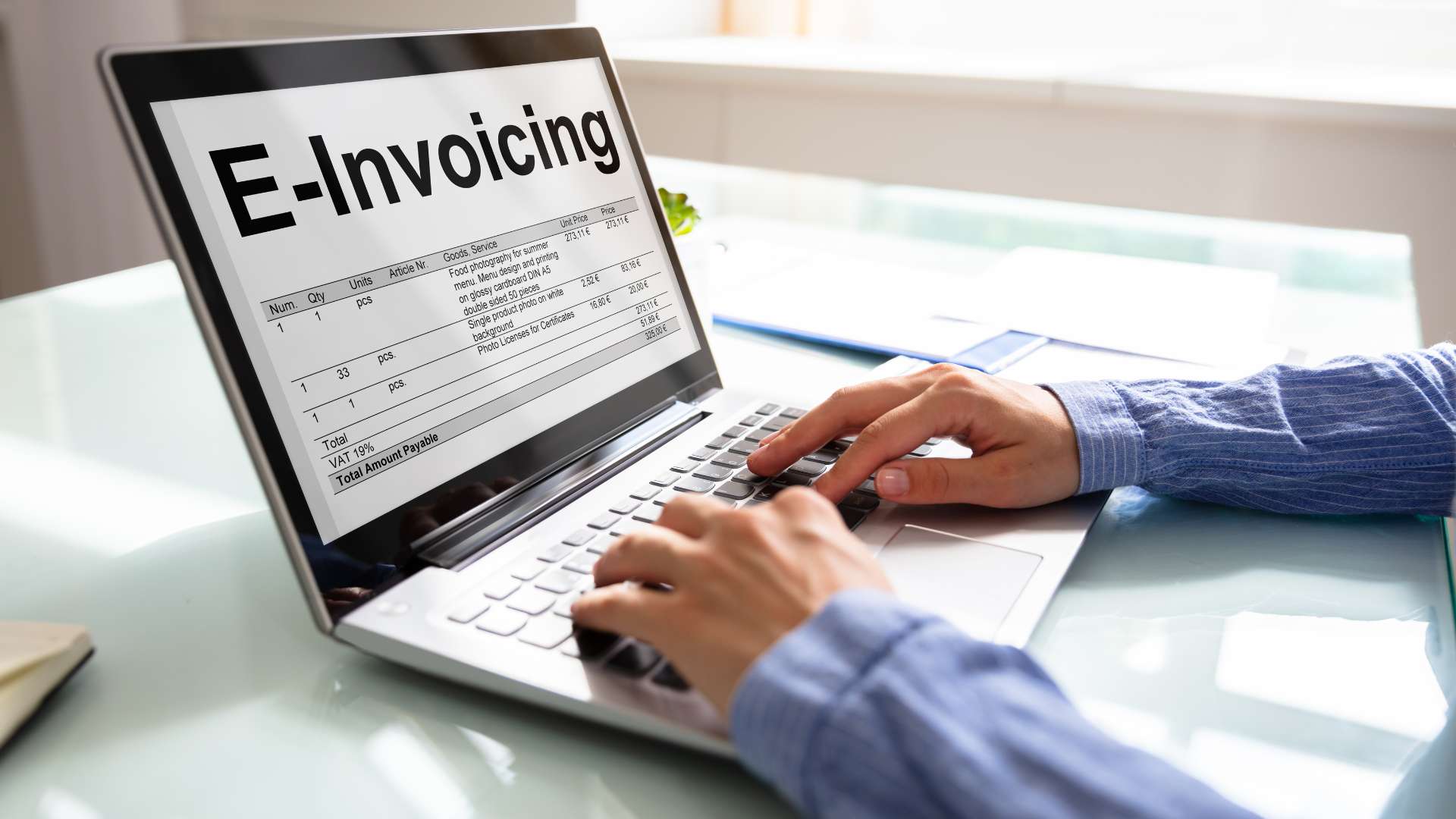In the digital age, businesses are constantly seeking efficient solutions to streamline their operations. E-invoicing software has emerged as a game-changer in the realm of financial management. It offers a convenient and secure way for companies to generate, send, and track invoices electronically.
E-Invoicing Software
The Role of E-Invoicing in Modern Business
E-invoicing software plays a pivotal role in modern business operations. It revolutionizes the way organizations handle their invoicing processes by digitizing and automating them. By utilizing e-invoicing software, businesses can expedite their invoicing cycles, reduce the chances of errors, and enhance overall efficiency. This technology eliminates the need for paper-based invoices, resulting in a more environmentally friendly approach while saving on printing and postage costs.
Key Features to Look for in E-Invoicing Software
When selecting e-invoicing software for a business, it’s essential to consider several key features to ensure optimal functionality. Some crucial features to look for include:
- Automation: The software should automate the invoicing process from start to finish, reducing manual intervention and increasing accuracy.
- Integration: It should seamlessly integrate with existing accounting systems to ensure smooth data flow between platforms.
- Security: Robust security measures such as encryption and secure data storage are vital to protect sensitive financial information.
- Scalability: The software should be scalable to accommodate the growing needs of the business without compromising performance.
- Compliance: Ensure that the software complies with relevant e-invoicing regulations and standards to avoid legal issues.
By prioritizing these features, businesses can harness the full potential of e-invoicing software to streamline their financial processes effectively.
Top E-Invoicing Software Solutions in the Market
Benefits of Integrating E-Invoicing Software
Integrating e-invoicing software offers several advantages to businesses. It streamlines the invoicing process by automating tasks, reducing manual errors, and improving overall efficiency in financial operations. By utilizing e-invoicing software, companies can significantly shorten invoicing cycles, allowing for faster payments and improved cash flow management. Additionally, the digitization of invoices through software helps in reducing paper usage, contributing to a more eco-friendly business approach. Overall, integrating e-invoicing software can enhance accuracy, speed, and sustainability in financial transactions.
How to Choose the Right E-Invoicing Software for Your Business
When selecting e-invoicing software for your business, several key factors should be considered to ensure it aligns with your requirements. Firstly, assess the software’s automation capabilities to determine if it can efficiently handle invoicing tasks without manual intervention. Next, look for seamless integration options with your existing accounting systems to facilitate smooth data flow. Security features are crucial in e-invoicing software to safeguard sensitive financial information against cyber threats.
Scalability is another vital aspect to consider, as the software should be able to adapt to the evolving needs of your business as it grows. Lastly, ensure that the chosen e-invoicing software complies with relevant e-invoicing regulations to avoid any compliance issues. By prioritizing these factors, businesses can select the right e-invoicing software that optimizes financial workflows and supports overall growth strategies effectively.
Best Practices for Maintaining E-Invoicing Software
To maximize the benefits of e-invoicing software, businesses should follow best practices for its maintenance and optimization:
- Regular Updates: Keeping the e-invoicing software up to date with the latest releases and updates ensures that businesses have access to new features, improved security measures, and enhanced functionality.
- Data Security Protocols: Implementing robust data security protocols is crucial to protect sensitive financial information and prevent unauthorized access to e-invoicing data. Regular security audits can help identify and address vulnerabilities.
- Performance Monitoring: Monitoring the performance of e-invoicing software enables businesses to identify any inefficiencies or bottlenecks in the system. Performance metrics can help optimize the software for better functionality.
- Compliance Checks: Regularly reviewing compliance requirements and ensuring that the e-invoicing software adheres to industry regulations and standards is essential for mitigating legal risks and maintaining data integrity.
- User Feedback Integration: Gathering feedback from users regarding their experience with the e-invoicing software can provide valuable insights for optimization. Incorporating user suggestions and addressing pain points can enhance the overall usability of the software.
